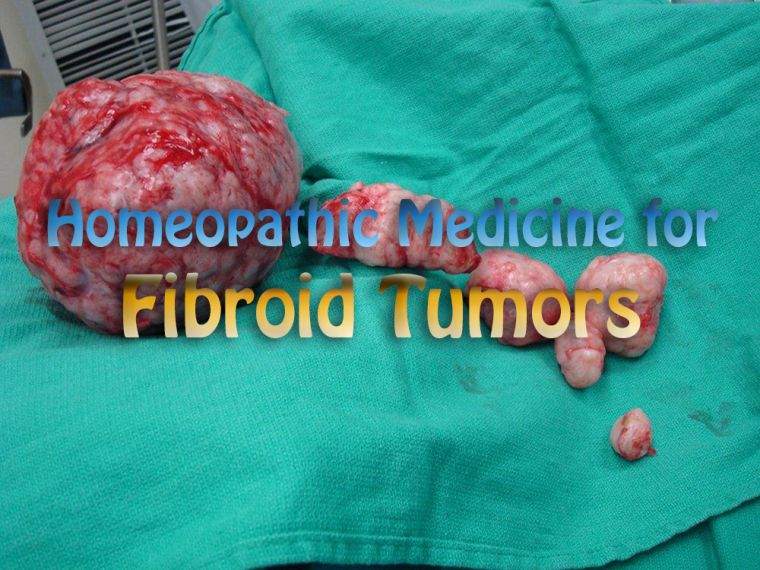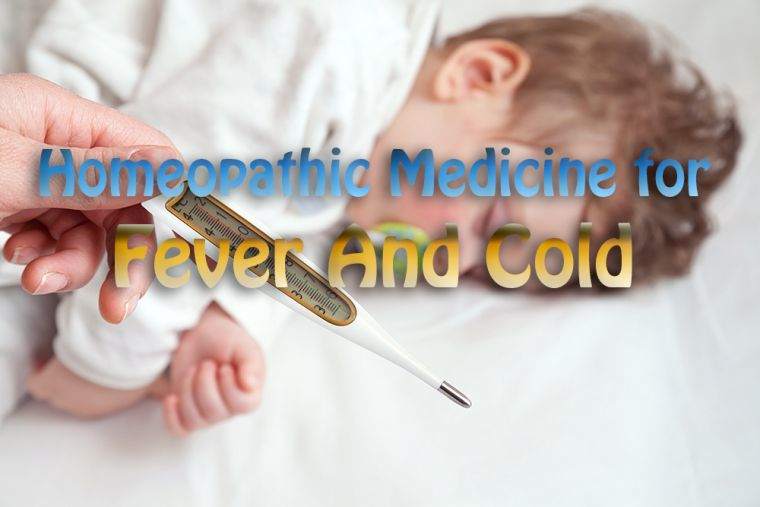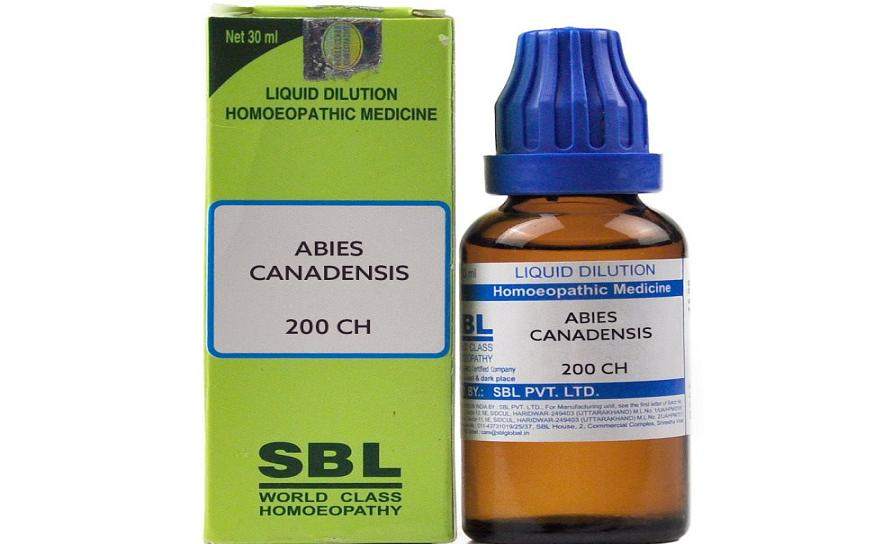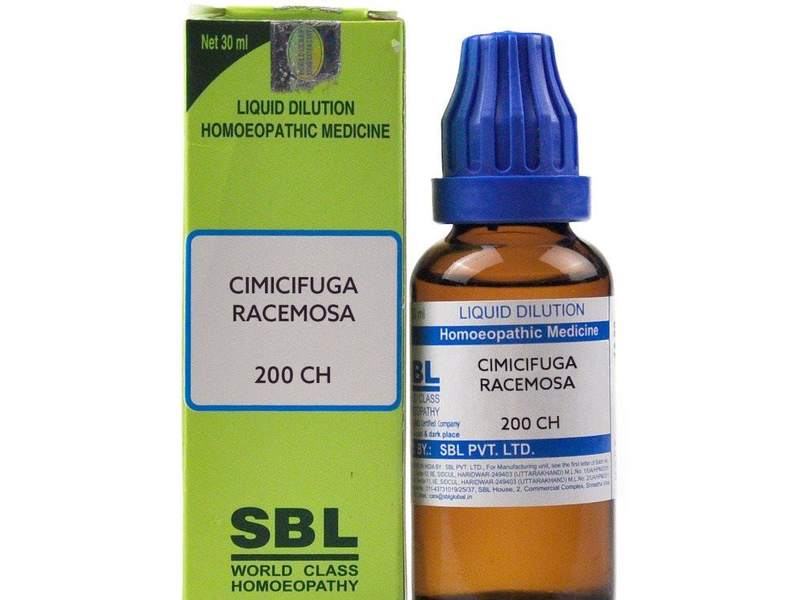Homeopathic Medicine for Fibroid Tumors
₹1,806.00 Original price was: ₹1,806.00.₹1,283.00Current price is: ₹1,283.00.
Homeopathic Medicine for Fibroid Tumors
Aceticum acidum Q (Twice a day): A powerful remedy for liquefying fibrinous growths.
Arsenicum alb. (Thrice a day): Formation of a hard cancerous tumor due to overgrowth of fibrous tissue.
Aurum mur. (Twice a day): Uterus is enlarged and may be painful. Vaginal spasms and constant vaginal discharge.
Calcarea ars. (Thrice a day): Fibroma of uterus in fat and fleshy women around the menopausal period. Great depression and anxiety.
Calcarea iod. 2x (Thrice a day): There are small fibroids with a yellow vaginal discharge. May experience menstrual colic before the start of menstruation.
Calcarea sulph. 3x: Fibroid and cystic tumors.
Conium mac. (Thrice a day): Fibroma of the uterus in old maids and bachelors around change of life.
Iodium (Thrice a day): Fibroma of uterus with uterine hemorrhage, irregular menstruation and wedge-like pains.
Kalium brom. (Thrice a day): Fibroma of ovaries with loss of sexual desire and memory.
Lachesis 200 (One dose daily): Short, painful period and intolerance of clothing or cover. Symptoms are relieved on start of menstruation. It is particularly useful at menopause.
Lapis albus 6 (Thrice a day): Fibroid tumors with great burning pains accompanied with hemorrhage.
Secale cor. 30 (Thrice a day): Fibroma of uterus. Painful menstruation. Pain relieved by cold application on the abdomen and uncovering it. Continuous oozing of watery blood from vagina. Urine may be suppressed.
Fibroid with bleeding of thin, foul smelling watery, black blood and feeling of heat in the body.
Silicea 200 (One dose daily): Its use manages to re absorb fibrotic conditions.
Thuja occ. (Thrice a day): Spongy fibroma. Rapid exhaustion and emaciation. Chilly patients. Sensation of movements of something living. Profuse leucorrhea.
Tarentula his. (Thrice a day): Large fibroids, heavy periods with pain occurring early, restlessness.
Trillium pend. Q (Four times a day): Bleeding from fibroids.
Viola odorata Q (Twice a day) Locally: Apply locally for uterine fibroids.
NOTE: Fibroids are benign growths that develop in the muscular walls of the uterus. These are most common, non-cancerous tumors in women of child-bearing age. They can be tiny or grow to the size of a grape fruit or even larger. The most common symptom is heavy menstruation, pelvic pain or pain during intercourse, problem of urination and constipation. Following menopause, they usually shrink. Only 20 percent, require treatment. Such women should not take birth control pills.
Related products
Homeopathic Medicine
Homeopathic Medicine
Antimonium Crudum ( Antim Crud ) – Antimonium Crudum Materia Medica
Homeopathic Medicine
Abies Canadensis Homeopathic Medicine – Abies Canadensis Uses
Homeopathic Medicine
Homeopathic Medicine
Homeopathic Medicine
Arsenic Album 30 Homeopathy – Arsenicum Album Materia Medica
Homeopathic Medicine
Homeopathic Medicine











